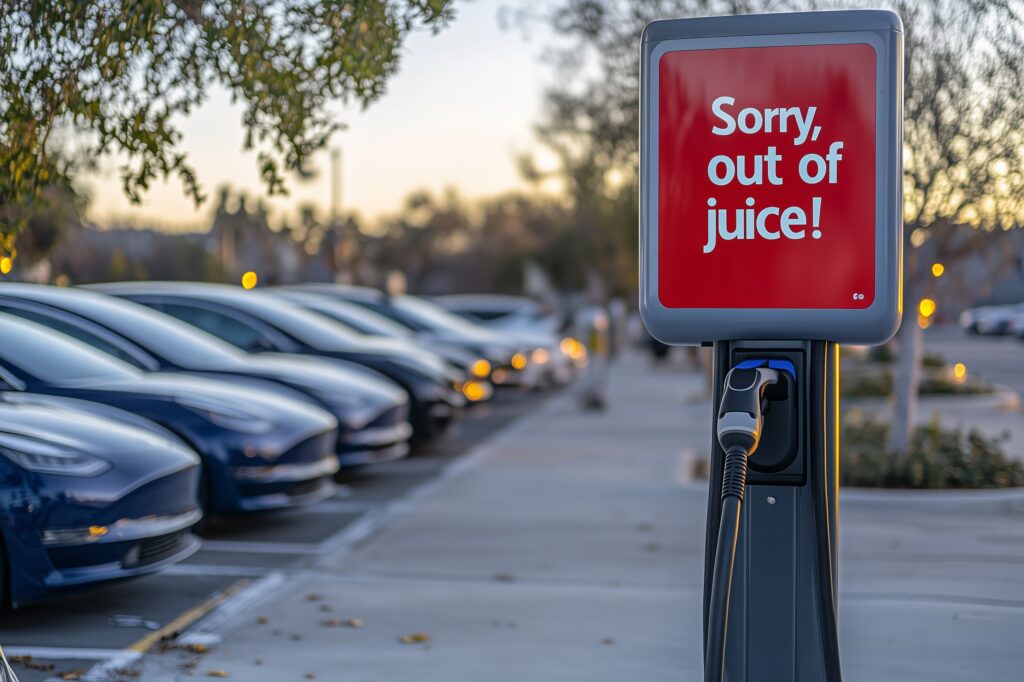Supervised Injection/Consumption Facilities as a Harm Reduction Strategy for Opioid Use
In 2017, 47,600 people died of opioid-related overdose in the United States. This constitutes more than two-thirds of the country’s drug overdose deaths. Much of the risk has been attributed to the increasing prevalence of synthetic opioids such as fentanyl and its analogues, often “cut” into heroin or illicitly produced opioid tablets.
In response, cities across the United States—from Denver to Philadelphia—are exploring a particular harm reduction-based intervention: supervised injection or consumption facilities. While these sites can vary considerably in the details, they typically:
- provide access to clean needles, syringes and associated equipment;
- serve as a location where individuals can consume (often limited to injection-based consumption) drugs without threat of legal repercussion, and;
- are overseen by medical professionals trained and equipped to watch for and respond to signs of an overdose.
In order to better understand the potential realities of operating such programs, policymakers and public health advocates are looking to our neighbor to the North to see what has worked and what has not. Canada’s first supervised injection facility opened in Vancouver in 2003, and in subsequent years, additional sites have popped up throughout the city, both as stand-alone and housing-based operations.
Much research indicates that supervised injection and consumption facilities do, in fact, provide safe spaces that reduce drug-related harms—including infectious disease and overdose risk as well as social harms, such as street-based violence—that are often associated with public injection. When it comes to overdose prevention, a key premise underpinning the promotion of supervised injection and consumption facilities is that they reduce the need to hide one’s use. This, in turn, increases the likelihood that individuals will be in the presence of others who can intervene in case of an overdose or other emergency.
However, much of this research and the subsequent media coverage has failed to explicitly explore the multidimensional complexity of risk that is experienced by many people who use drugs, especially women and gender non-binary individuals. Accordingly, in a recent ethnographic study about Vancouver’s housing-based overdose prevention sites, Alexandra Collins and colleagues sought to examine the intersectional nature of risk and how it shapes vulnerable people’s experiences of these facilities.
Research consisted of more than 1.5 years of ethnographic fieldwork in Vancouver-based supported housing, drug consumption sites and surrounding neighborhoods. During this time, Collins et al. conducted approximately 100 hours of participant observation with 42 women (both cisgender and transgender), two-spirit (a term used by some Indigenous North American tribes to describe individuals who identify as having “both a masculine and a feminine spirit”) and non-binary (individuals who do not identify as either male or female) participants as well as peer outreach workers and researchers in the neighborhood. In addition, the researchers carried out in-depth baseline (35 participants) and 6-month follow-up (20 participants) interviews with a subset of participants.
Collins et al. describe eight housing-based overdose prevention sites, or HOPS used or known by participants. All of these facilities were built into existing single room accommodations (SRAs), but they operated differently. Of particular relevance to this study, two were overseen by on-site staff, two were monitored by tenant volunteers and four were supervised via camera or staff check-ins. Participants perceived many of the spaces to be overcrowded and dirty. And each had a distinct, but not always explicit, set of rules about consumption: For example, some participants reported being able to “do whatever you want” in the HOPS, others observed that while injection drug use was permitted, smoking was prohibited in these spaces.
These factors—the extent and type of supervision, the nature of the physical and social environments, and rules of conduct— independently and collectively shaped whether and how the participants in this study used the HOPS facilities.
Inequitable restrictions on mode of use and the “low barrier design” that encouraged many men to use the spaces rendered them unsafe and unwelcoming for many of the study’s participants. Those who preferred non-injection modes of consumption—smoking or snorting—were effectively denied access to the public health intervention and wound up ingesting alone in their rooms, a behavior that both increases fatal overdose risk and risk for eviction. Similarly, the social and physical nature of the spaces felt unkempt and male-dominated. Participants fretted over safety hazards of blood spatter left behind by other participants and the excessive crowding, often with people unknown to them. Such concerns caused many participants to limit their visits to times when they were accompanied by a partner, while others avoided the spaces entirely.
These safety concerns were exacerbated when facilities had remote or periodic supervision rather than on-site staff. However, participants tended to focus their issues with monitoring around the idea that remote and intermittent supervision failed to fulfill the overdose prevention promise of the site. The length between check-ins in such situations (sometimes as long as 30 minutes) undermined confidence in the ability of staff or volunteers to “quickly and effectively respond to an overdose.” Some participants also expressed concerns over a perceived lack of overdose response training received by staff and volunteers.
Ethnographic methods allowed Collins and colleagues to examine the complex, often overlapping ways that built, social and policy environments intersect to exclude women, two-spirit and non-binary individuals from a potentially important public health intervention. They conclude that HOPS facilities, while generally welcoming for men, effectively replicate the challenges of the wider drug scene setting, such as lack of tailored harm reduction and gendered violence, essentially just bringing them closer to home.
These findings fill an important gap in our understanding of how to make supervised injection sites fulfill their potential as public health interventions. While the authors acknowledge the importance of HOPS as “integral to the overdose response,” they do highlight challenges with the standard, low-barrier design and in doing so, point to the need to revisit ways to make the spaces inclusive and safe for all.
While strong overall, this study does have a substantial weakness. Participant observation represents a major strength of ethnography, providing an opportunity for the researcher(s) to triangulate information gleaned from interviews, develop trust-based relationships with participants and make independent observations through an outsider’s fresh eyes. However, in this study, because participants did not access HOPS due to the barriers described above, the researchers did not conduct observation in these sites. Future ethnographic studies should seek to intentionally include women, two-spirit and non-binary individuals who do frequent HOPS and other supervised injection facilities to understand both whether they express similar concerns about the spaces and how they respond.









